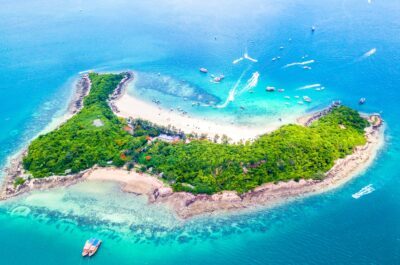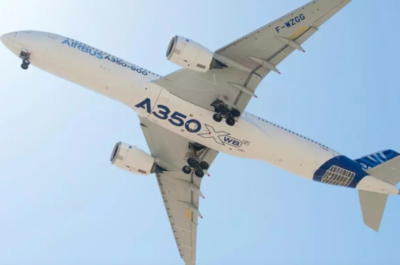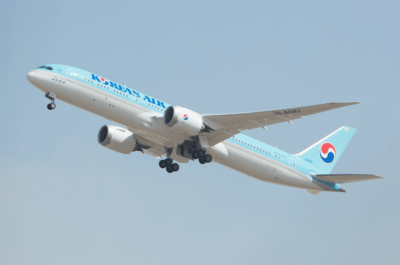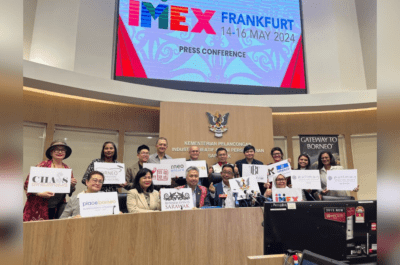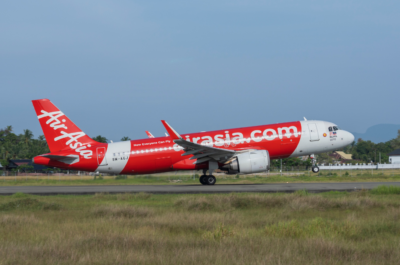According to the China National Tourism Administration, more countries, including India, Cuba, Croatia, Jordan, Hungary and Pakistan, have been …
According to the China National Tourism Administration, more countries, including India, Cuba, Croatia, Jordan, Hungary and Pakistan, have been opened to Chinese tourists this year. Up to now, the number of overseas tourist destinations opened to China has increased to 28.
However, advertisements for the newly established travel routes in the above-mentioned four countries are seldom seen in travel agencies`publications. Even worse, some travel service companies are even not yet ready to introduce their new outbound products to customers.
High price: a major obstacle
A manager from the marketing department of the China International Travel Service (CITS) said that the comparatively high price is a key reason of the slow market. If a Chinese tourist wants to enjoy the sunshine and beaches of the Caribbean in Cuba, he or she has to pay some 20,000 yuan (US$2,400), a sum that few Chinese can afford. On the contrary, a visit to Malaysia needs only 4,000 yuan (US$480), making it more attractive.
A package tour to South Africa costs around 12,000 yuan (US$1,440), while 15,000 yuan (US$1,800) may cover a tour to both Australia and New Zealand. They certainly more attractive to most Chinese travelers.
Thailand, Malaysia, Singapore, Hong Kong and Macao opened to Chinese travelers before 1997. As these travel lines are inexpensive, they remain as popular major destinations for Chinese outbound travelers. With an increasing number of foreign countries opening to Chinese tourists, some high-level consumers begin to choose countries such as Australia, New Zealand, and the Maldives as their favorite destinations.
More communications needed
China Travel Service`s Guangdong branch believes that Chinese tourists know very little about the newly opened countries. Due to deficient communication, there are not enough references, including brochures, provided by travel agencies in these countries, making it difficult for Chinese travel agencies to promote the new tour products among their Chinese customers.
Meanwhile, some of the newly opened countries have not yet established business contacts with Chinese travel agencies, not mentioning working out special routes for Chinese travelers.
Some of the countries which opened to Chinese tourists two years ago, such as Malta, Nepal, Brunei and Burma, have not become hot destinations in the outbound market either. In some cases, not a single tour group has ever been organized since their opening. To the contrary, Singapore, a country not rich in tourism sources, attracts Chinese tourists consistently, owing to the sufficient communications between the two countries` travel agencies and their joint promotion activities.
More professional tour guides reguired
When a new destination country is opened, there must be tour guides who know about the nation and its tourism resources to serve on the travel line. Unfortunately, while new outbound travel routes are increasing, there are few tour guides who are qualified enough to work on them. At the same time, overseas travel agents know little about the Chinese travelers` demands. So it`s an urgent need to offer trainings to tour guides on both sides.
At present, only Australia offers a training program to tour guides so as to improve its service for tourists from China. Only those who have attended the training program and got the certificate of Australian Travel Expert are
qualified for joining tourism programs to open the local travel market. Such kind of training plans is not available in any other country except Australia. When there is a lack of professional tour guides, it is difficult for a country to promote its tourist products to Chinese travelers.
The business of outbound travel started in China 20 years ago when, in November 1983, Guangdong Province took the lead in promoting outbound travels, such as that to Hong Kong for sightseeing or family visits. In 1990, the Chinese government signed bilateral tourism agreements with Singapore, Malaysia, and Thailand, which were soon followed by the Philippines.
Compared to 1992, the number of China`s outbound travelers in 2002 increased
by more than five times.
At present, China`s outbound tourism is witnessing high-speed growth. In light of the economic development, the country`s annual growth rate of outbound travelers may reach 15-20 percent in the next decade, which means that the number of outbound travelers in 2010 is expected to be as many as 56 million.
Theodore is the Co-Founder and Managing Editor of TravelDailyNews Media Network; his responsibilities include business development and planning for TravelDailyNews long-term opportunities.
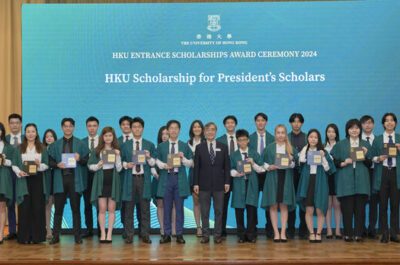



![[PR] PR_Ascott and Vimut Hospital_2024](https://www.traveldailynews.asia/wp-content/uploads/2024/04/PR-PR_Ascott-and-Vimut-Hospital_2024-400x265.jpg)

